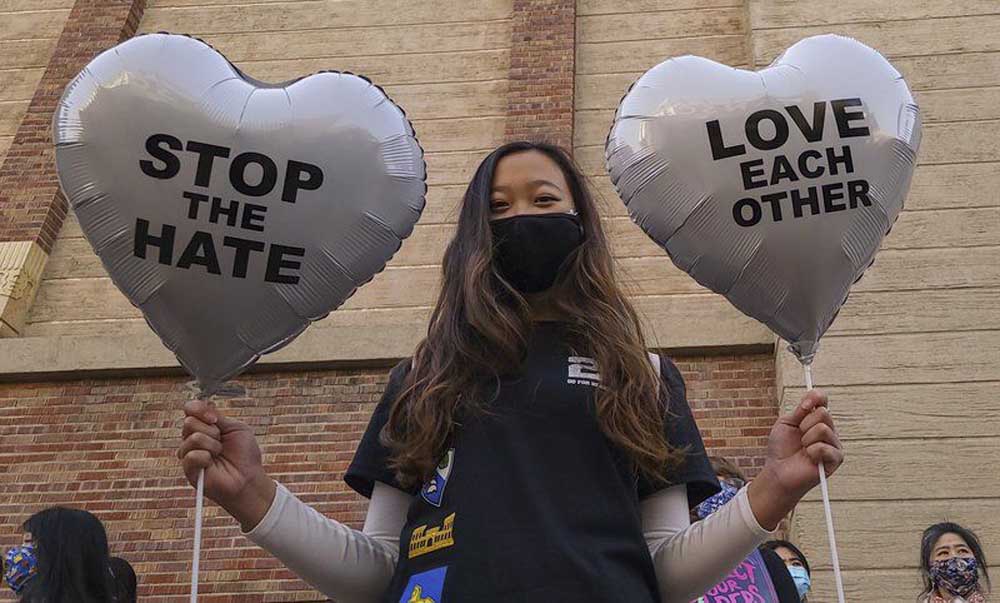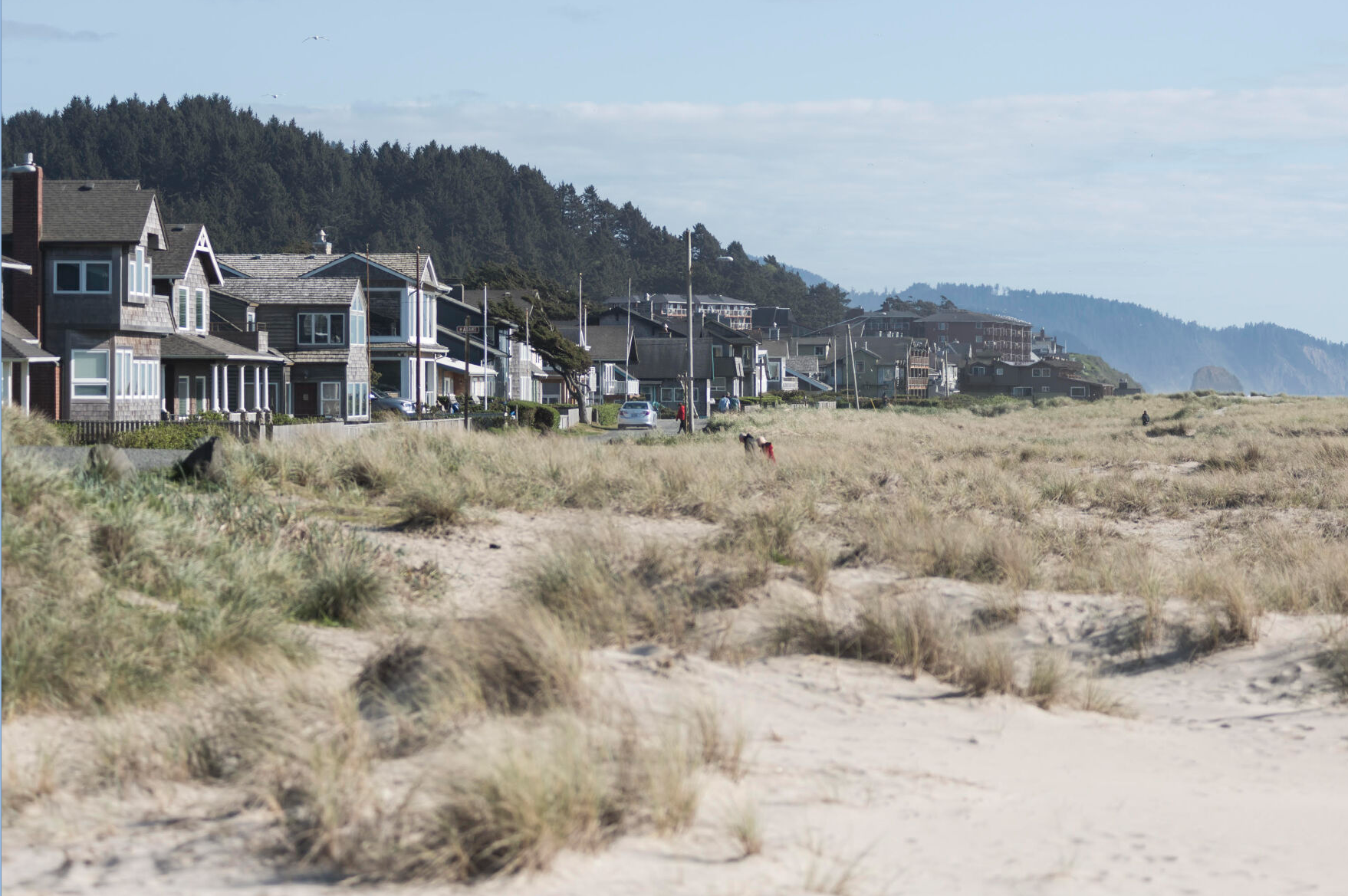Our View: Fight bigotry and hatred
Published 12:15 am Thursday, April 1, 2021

- Kara Chu holds a pair of heart balloons at a rally to raise awareness of anti-Asian violence outside the Japanese American National Museum in Los Angeles in March.
The hatefulness and plundering that accompanied the internment of Japanese Americans 80 years ago is our region’s most notorious racist episode in recent times, though bias against Native Americans and historical pogroms directed at Chinese immigrants also stain our past.
Trending
It must be said Japanese families were supported by many friends and supporters in our community, people who welcomed them back as World War II paranoia faded. But there can be no sugarcoating of the ways in which property such as Willapa oysterbeds and family homes were unscrupulously seized with little or minimal compensation. Nor should we minimize the ways in which our residents of Japanese descent faced slurs and countless other indignities.
Although we all like to think our cozy and welcoming communities are too evolved for there to be much racism nowadays, such is not the case.
Like the nation as a whole, there is an unpleasant and uncomfortable undercurrent of prejudice in these otherwise admirable Pacific Coast counties. This was loudly evident during the crackdown starting in 2016 on Hispanic residents, who faced a veritable blowtorch of racist sentiment, almost irrespective of immigration status. Again, to be sure, there were many white people who did what they could to bolster and defend neighbors from the destructive predations of unprincipled U.S. Immigration and Customs Enforcement agents and those who abetted them.
Trending
Most of us are never likely to personally encounter racism. These rural counties have overwhelmingly white populations. Although there is a sense that diversity is increasing as urban residents discover they can remotely work wherever they choose, it’s still easily conceivable that a resident of Long Beach, Gearhart and most other local towns can drive down the street and see no one of a different color. However, ignorance of the presence of racism isn’t proof of its nonexistence.
Speak to local people of Asian, Hispanic and African descent and — if they are good enough friends — they will share accounts of when they found hateful messages written in windshield dust, comforted tearful children after locker-room teasing, had to ignore insults muttered on sidewalks and store aisles and a dozen other forms of overt prejudice. This all must be so wearing and soul-sucking, far more so than we in the white majority will ever be able to imagine.
It is of course possible to make too much of anything, and there are those who have at least some justification in harrumphing about the ways in which big-city news media overtrumpet each new social cause and controversy. Black Lives Matter and, now, demonstrations by Asian Americans and Pacific Islanders attract not only the sincerely aggrieved but also some who are merely along for the fun of making noise, tagging buildings and breaking windows. It’s also true that the kinds of good people most likely to read editorials like this one are least likely to need the kinds of advice being offered.
However, we all fail when we allow others to mete out racist hatred without resistance or comment. It is shameful to allow bullies to get their way — whether on the playground, in everyday grownup life, or in the halls of Congress.
Whether they were murdered because they were Asian or because they were women working in an industry that offended one warped man, the victims killed in Atlanta in March are representative of generations of a marginalized, too-often despised immigrant group in our country. These murders were just the most recent factor in decades of slowly increasing anger inside a simmering pressure cooker. There’s only so much men and women can take.
So what can good Americans do about any of this? Is it worth taking one more swing at keeping firearms out of the hands of volatile young fanatics, at least until they have a chance to cool down? Can we strengthen political backbones in Congress to insist on that, or on requiring comprehensive tracking of hate crimes at every governmental level? Is there more that schools can do to help young people overcome the toxic legacy of biases they may absorb at home?
As always, on a “hearts and minds” level, it is up to each good person to stand up for those who need our help. Speak out when we see or hear racial bigotry. Reach out to members of racial and ethnic minorities in our communities. Patronize their businesses when it makes sense to do so. And, at a minimum, treat others the way you want to be treated yourself.









